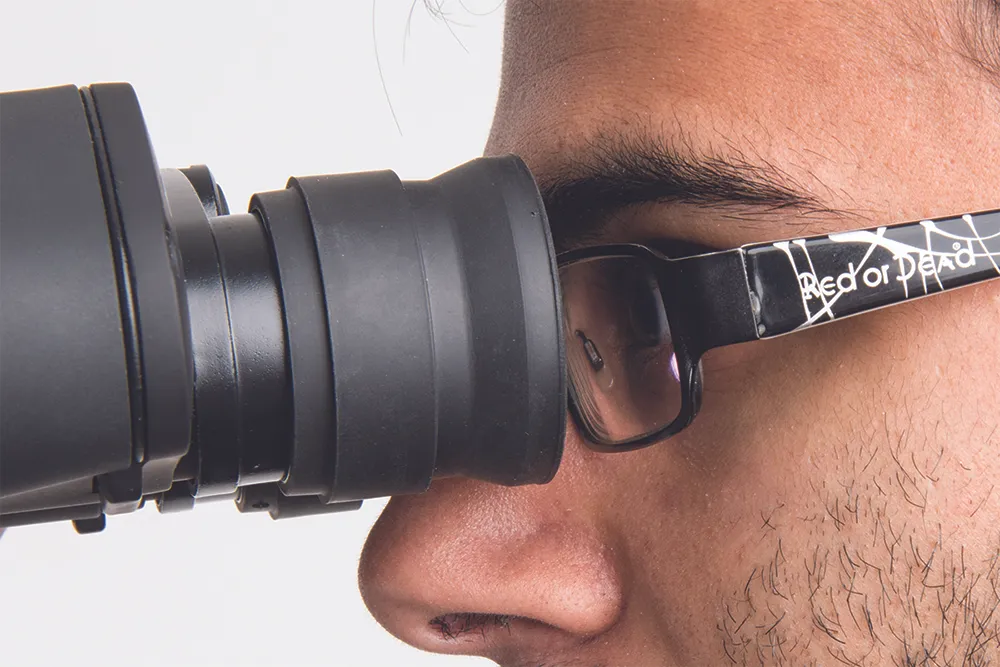Traditionally binoculars are the first recommendation to anyone beginning their journey in astronomy and today it is still true; they make for a great start.
However, even the humble binoculars have undergone redesigns as technology continues to evolve, and today you don’t just have porro prism or roof prism designs, but also image stabilisation (IS) for that crisper view.
In the past such image stablising binoculars were quite bulky, and it is impressive how much they have evolved over recent years and become much lighter with even better image stabilisation.
But why would you want image stabilising binoculars?
Read our guides to stargazing with binoculars and the best binoculars for astronomy

The benefits of image stabilising binoculars
Firstly, image stabilising binoculars do away with the need to mount the binoculars on a tripod, meaning one less item to carry with you.
The reason for using a tripod is that if you can hold the binoculars very steady then you gain up to at least one magnitude of star faintness extra.
So if you can do that without a tripod so much the better.
Canon introduced a new version of their popular Canon 12x36 IS II binoculars, suitably named Canon 12x36 IS III, so we gave bino expert and guru Stephen Tonkin a chance to check them over in his review in the June issue.
Also this month, I had the pleasure of checking out Orion Telescopes and Binoculars’ latest StarSeeker IV 6-inch Go-To Maksutov-Cassegrain during the few clear periods of night sky we had.
Meanwhile, Steve Richards explored the merits of the Altair Kitakaru eyepiece range.
Read all our reviews and the latest astronomy news and features in the next issue of BBC Sky at Night Magazine, out 19 May.